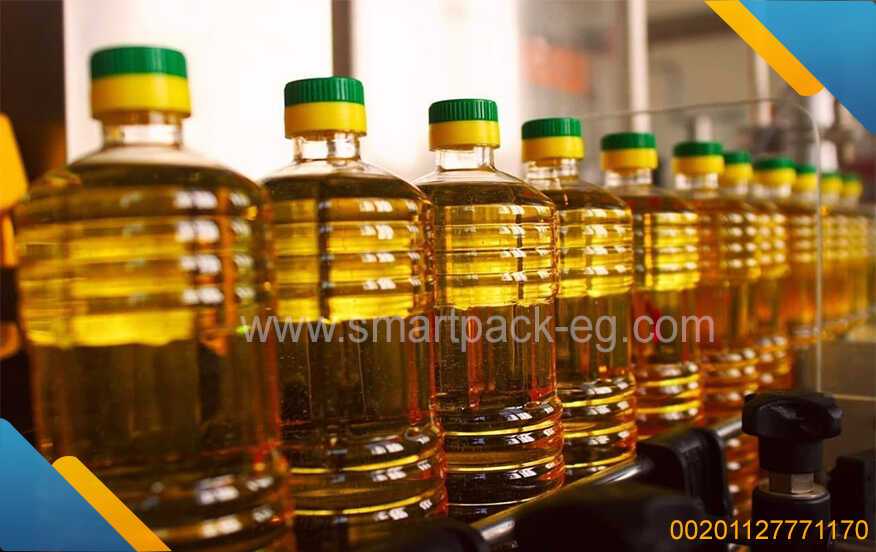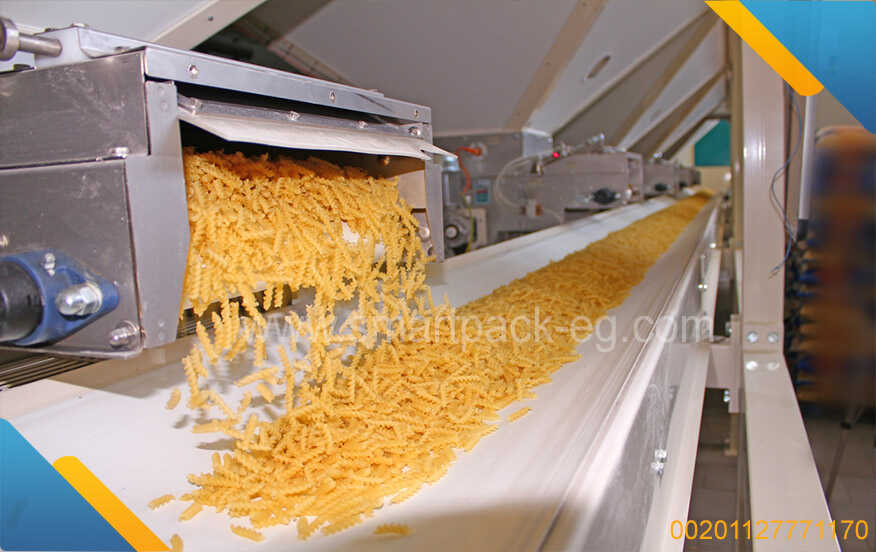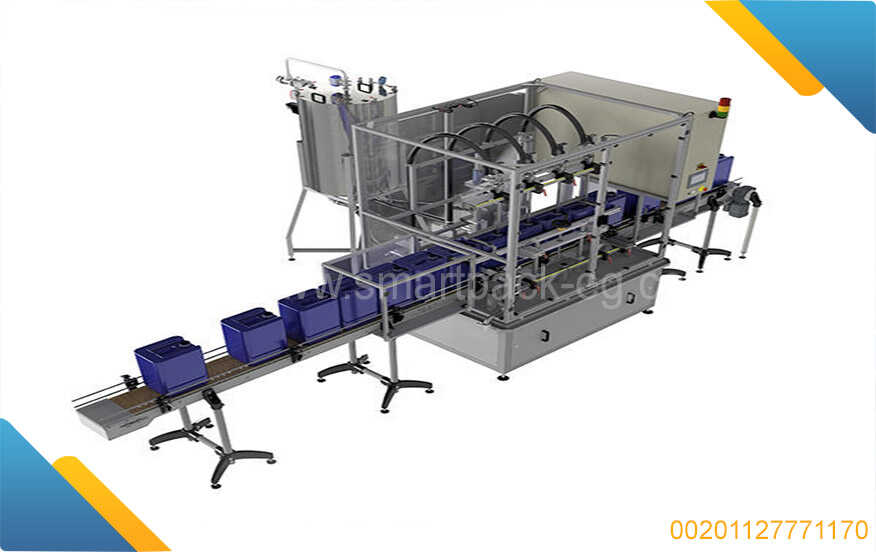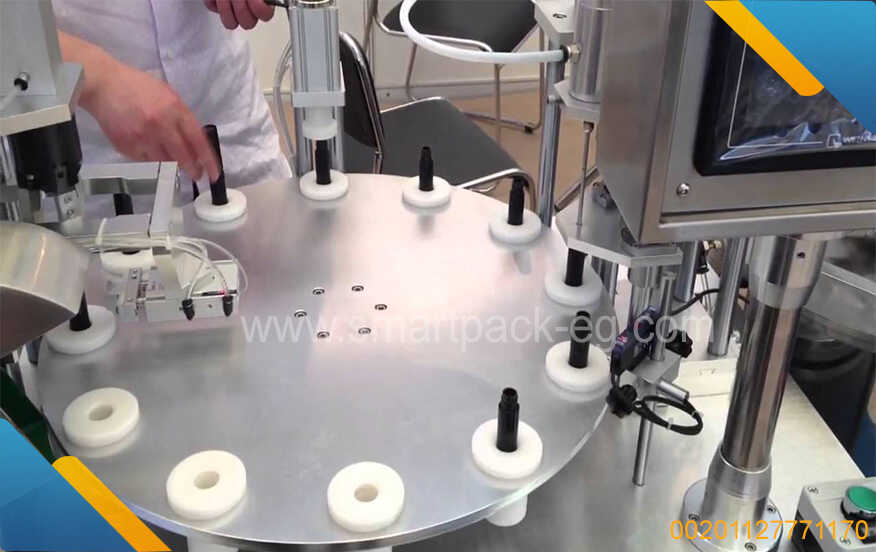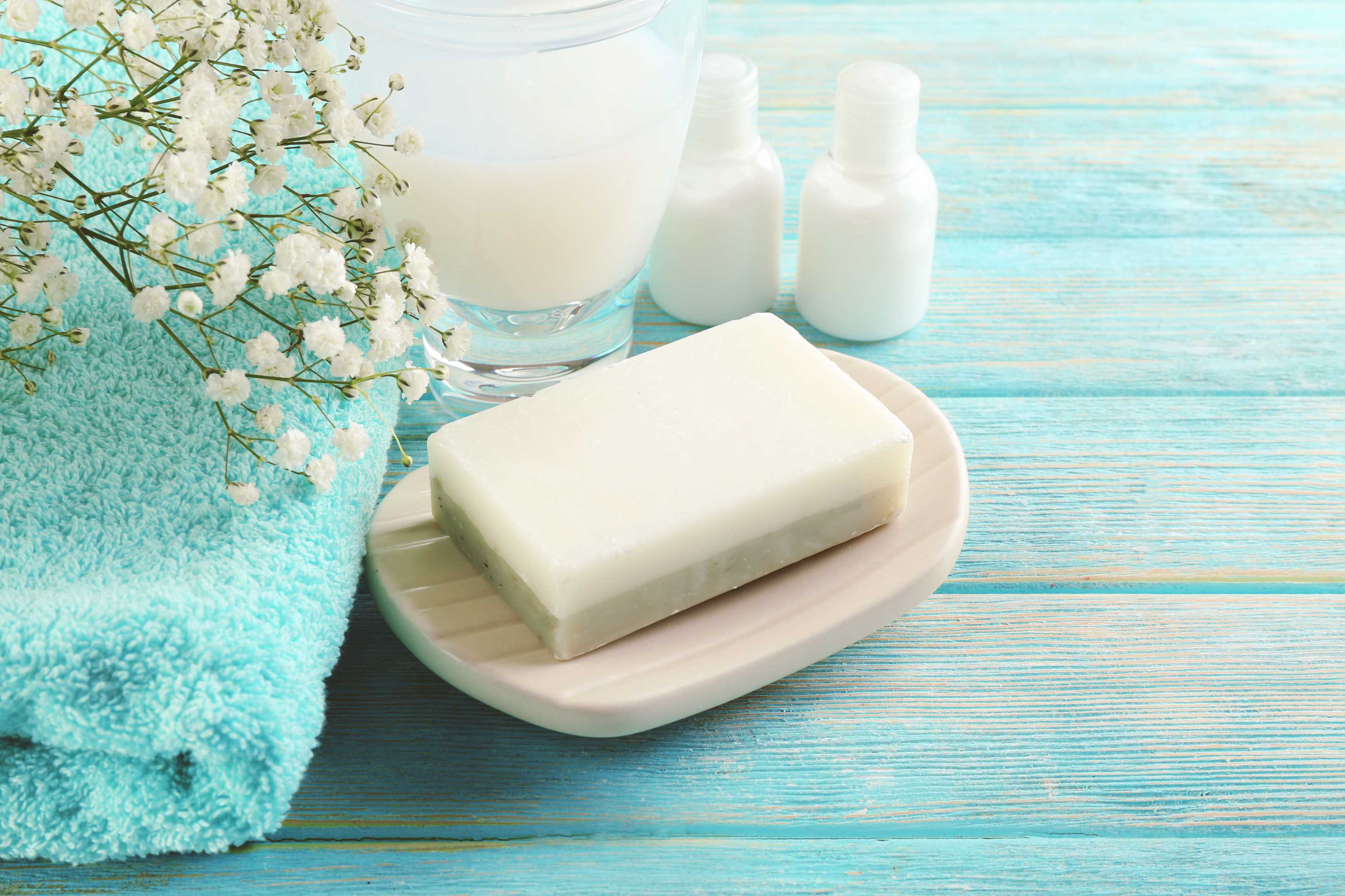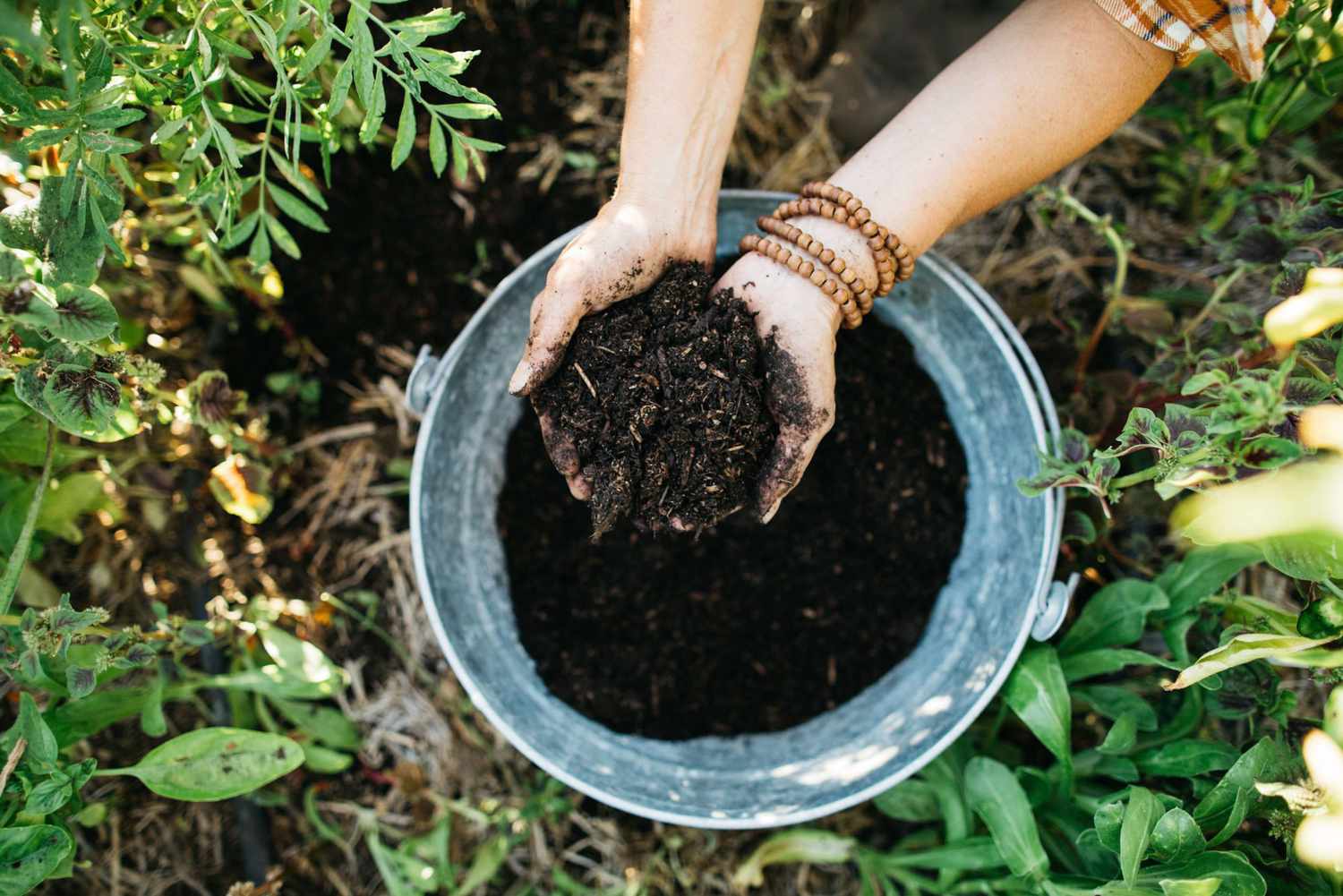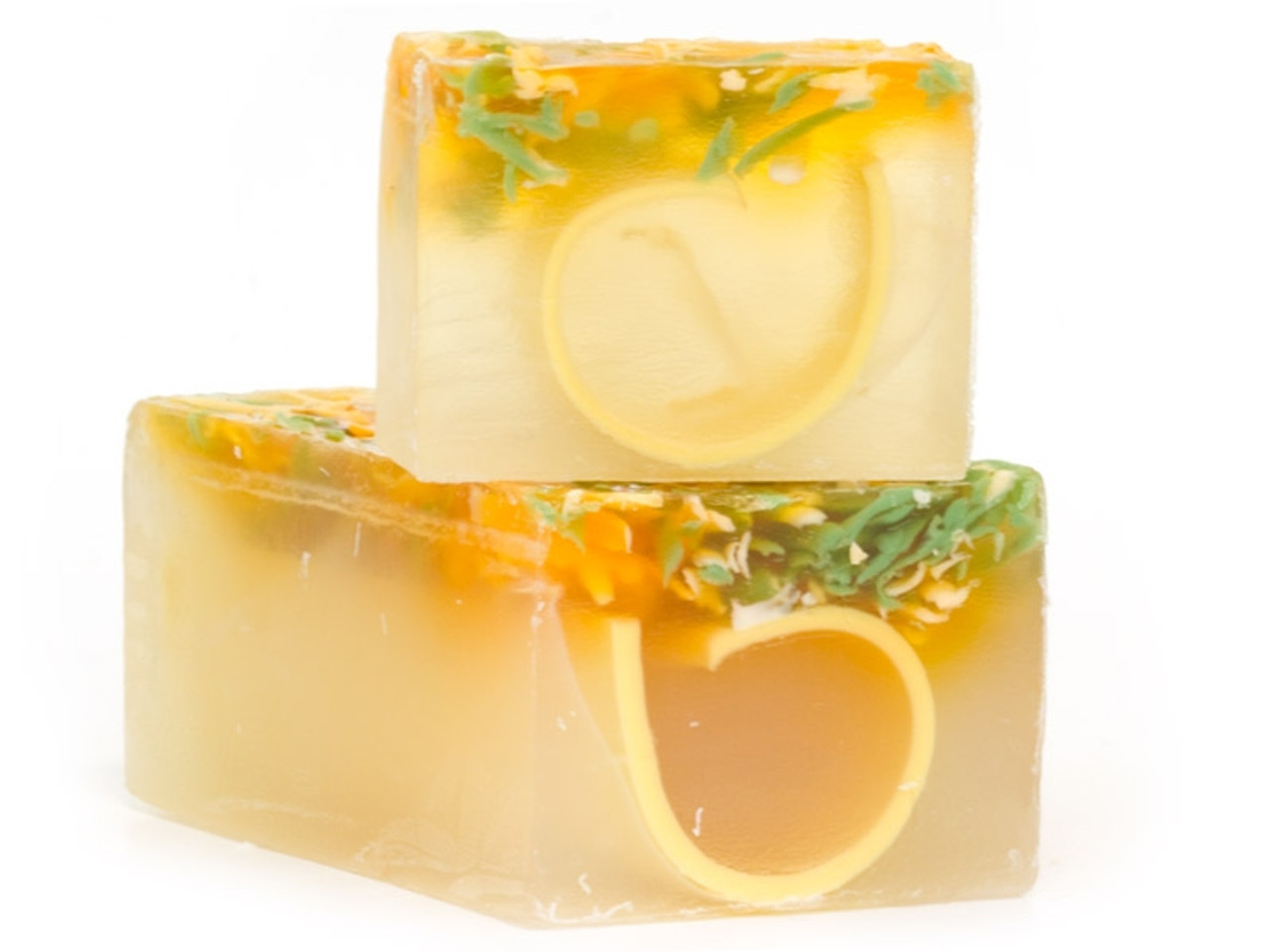How To Guide: Manufacturing Special Disinfectants and Sterilizers to Prevent the Emerging Pandemics
Introduction:
In the wake of emerging pandemics, it is crucial to have effective disinfectants and sterilizers that can help in preventing the spread of harmful pathogens. This guide provides a step-by-step method for manufacturing special disinfectants and sterilizers that can be used to combat the spread of contagious diseases.
Materials Needed:
- Ethanol or isopropyl alcohol
- Hydrogen peroxide
- Distilled water
- Glycerin
- Spray bottles or containers
- Measuring cups and spoons
- Mixing containers
- Labels for identification and instructions
Step 1: Gather the required materials
Ensure that you have all the necessary ingredients and equipment ready before proceeding with the manufacturing process. This will help maintain a smooth workflow.
Step 2: Prepare the working area
Set up a clean and well-ventilated area where you can safely manufacture the disinfectants and sterilizers. It is important to maintain hygiene and prevent contamination during the process.
Step 3: Calculate the ratios
To manufacture an effective disinfectant, you need to determine the correct ratios of ingredients. A recommended formula is as follows:
- For disinfectant: Mix 70% ethanol or isopropyl alcohol with 30% distilled water.
- For sterilizer: Mix 3% hydrogen peroxide with 97% distilled water.
These ratios have been suggested by experts and are known to effectively kill pathogens while remaining safe for general use.
Step 4: Measure the ingredients
Using measuring cups and spoons, carefully measure the required quantities of ethanol or isopropyl alcohol, hydrogen peroxide, and distilled water.
Step 5: Mixing the disinfectant
In a mixing container, combine the measured quantity of ethanol or isopropyl alcohol with distilled water. Stir well until the mixture is thoroughly blended.
Step 6: Mixing the sterilizer
In a separate mixing container, mix the measured quantity of hydrogen peroxide with distilled water. Stir gently to ensure proper dilution.
Step 7: Adding glycerin (optional)
If desired, glycerin can be added to the disinfectant mixture in a ratio of 1 part glycerin to 10 parts disinfectant. Glycerin helps moisturize the skin and prevent dryness caused by repeated use of alcohol-based disinfectants.
Step 8: Bottling and labeling
Carefully pour the prepared disinfectant and sterilizer solutions into labeled spray bottles or containers. Clearly mark each container with the name of the solution and its ingredients. Include instructions on proper usage and precautions.
Safety Precautions:
- Wear appropriate personal protective equipment, such as gloves and goggles, during the manufacturing process to prevent any accidents or chemical exposure.
- Work in a well-ventilated area to avoid inhaling fumes from the chemicals.
- Keep the manufactured disinfectants and sterilizers out of reach of children and pets.
- Store the products in a cool and dry place, away from direct sunlight.
Conclusion:
Manufacturing special disinfectants and sterilizers plays a crucial role in preventing the spread of emerging pandemics. By following this step-by-step guide, you can produce effective disinfectants and sterilizers that will aid in maintaining hygiene, protecting yourself, and promoting a healthier environment for everyone. Remember to follow safety precautions when manufacturing and using these products.

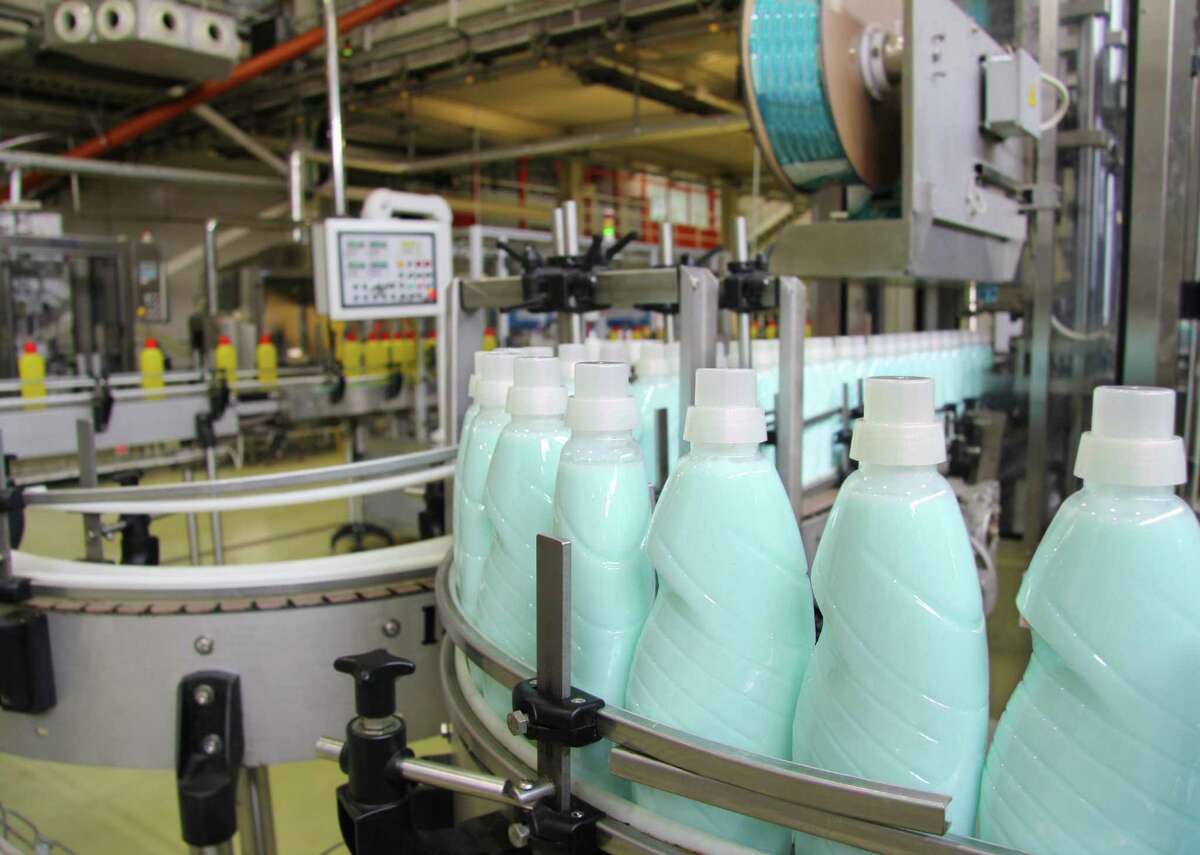
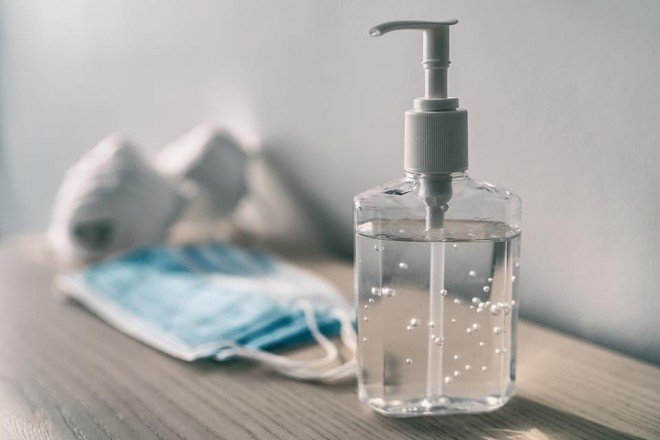
 Admin
Admin 